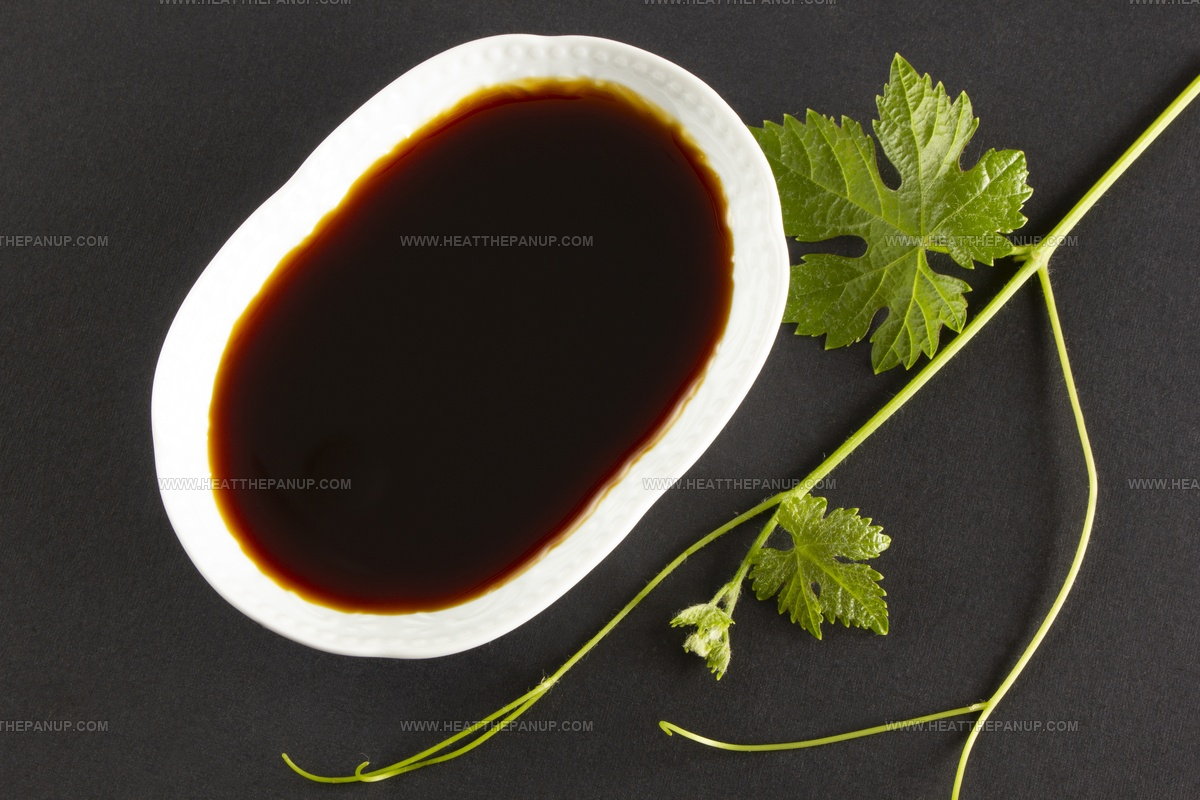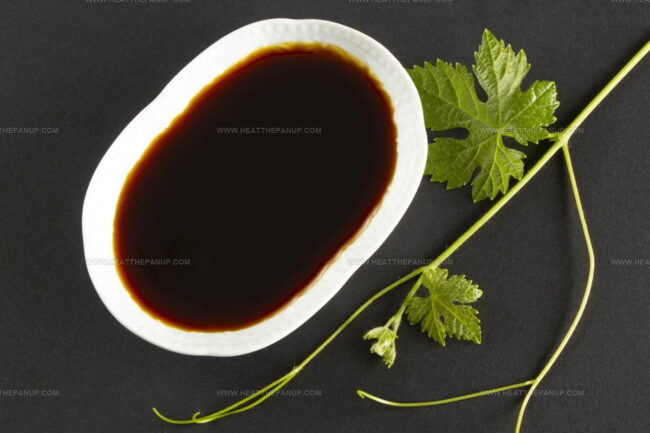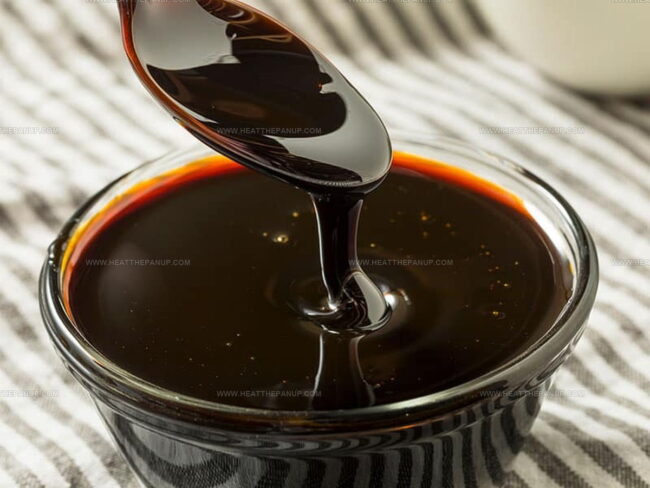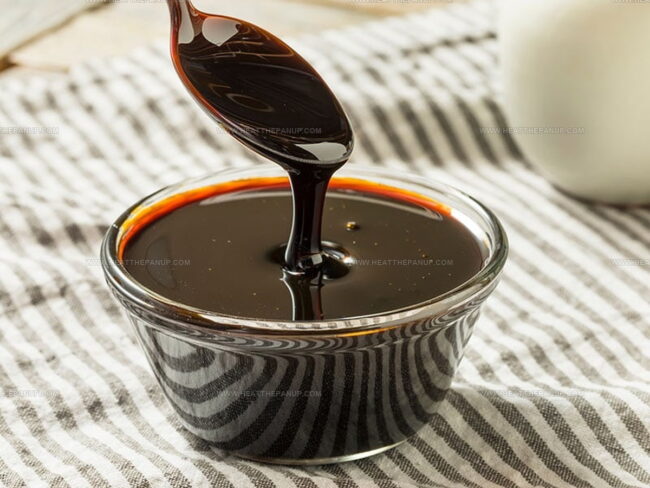What Does Molasses Taste Like? A Sweet Symphony for Your Tastebuds
Molasses, a dark and viscous syrup, holds a fascinating culinary history that intrigues food enthusiasts worldwide.
Sweet and complex, this pantry staple carries more depth than most people realize.
Bakers and home cooks often wonder about its unique flavor profile and characteristics.
The rich, concentrated liquid emerges from sugar production, revealing layers of nuanced taste that might surprise you.
Each variety of molasses offers something different, from light and mild to deep and robust.
Understanding its origins and flavor complexity can transform how you approach cooking and baking.
Your curiosity about this ingredient will lead you through an enlightening journey of taste and tradition.
What Is Molasses?
Sticky brown liquid called molasses comes from sugar-making processes with sugarcane and sugar beet.
Makers squeeze sugar from plant juices through several boiling rounds.
Each boiling cycle pulls more sugar out, making the leftover liquid different each time.
Color and taste change based on how much sugar workers remove during these steps.
Sugar makers produce three main types of molasses with unique flavor profiles.
Most people know this dark substance as a sweet, thick liquid with complex taste notes.
People might notice hints of spice mixed with smoky undertones.
Specific flavor combinations can include touches of cinnamon, maple, and soft vanilla sensations.
Flavor of Molasses
Molasses carries a bittersweet taste that sits between other sweet options.
Sweet versions won't match blackstrap's harsh bite, and they won't reach honey or maple syrup's sugary levels.
Molasses offers a softer sweetness compared to most standard sweeteners.
People concerned about strong flavors can use small amounts in cooking.
Smoky notes mix with sweet undertones in molasses.
Different tree sources create unique flavor profiles.
Some batches taste similar to coffee, while others show more bitter qualities.
Subtle caramel and smoke blend without overwhelming dishes.
People appreciate molasses for its rich, complex flavor.
Types of Molasses
Molasses comes in several types, each bringing its own flavor and use to the kitchen:
Whether you want a mild sweetness or a deep, robust note, choosing the right type of molasses can make your recipes stand out.
Health Benefits of Molasses
Is Molasses Natural or Artificial?
Natural sugars exist in whole plant foods like fruits and vegetables.
Molasses come from plant sources but count as added sugar because people put them in foods and drinks that do not originally have sugar.
Molasses pack more nutrients compared to honey and agave syrup.
These nutrients include calcium, iron, magnesium, and potassium.
Per tablespoon, molasses have similar calories and total sugar amounts around 60 and 15 respectively.
Blackstrap molasses go through extra processing, which means they have less sugar and more vitamins and minerals than standard molasses.
Sorghum Molasses vs. Regular Molasses
Sorghum molasses might seem like regular molasses, but they are different.
Workers make this sweet liquid from sorghum, which grows as a grass crop.
Sorghum plants allow sugar extraction similar to sugarcane, creating a special syrup.
Southern cooking often uses this tasty liquid as a flavor boost.
People notice sorghum syrup looks thinner than traditional molasses and carries a distinct sweet-sour taste that sets it apart from other sugar syrups.
Side Effects of Molasses
Molasses works well for many people when used carefully.
People managing blood sugar need to watch their intake.
Big servings could lead to bathroom problems.
Honey, Molasses, and Syrup: Differences
Molasses differs from regular syrup by its unique production method.
Sugar makers create it while making sugar from sugarcane and beet crops.
Maple syrup, corn syrup, and sorghum syrup come from sweet juices of their respective plants that workers reduce through cooking.
Workers boil sugarcane juice and pull out sugar during molasses production.
This process creates a dark brown thick liquid.
Molasses comes in three different types: first, second, and third versions.
Each type has its own sugar content and slightly different characteristics.
Honeybees make honey by collecting flower nectar.
They create this golden sweet substance as food for their colony.
People use honey as a natural sweetener in baking and enjoy eating it directly.
Its unique flavor sets it apart from other sweet syrups.
Doctors and pharmacists use syrup as a base for many liquid medicines.
This helps make medicines easier to swallow and more pleasant tasting.





James Hambly
Founder & Recipe Creator
Expertise
Recipe Development, Culinary Education, Farm-to-Table Cooking, Southern Cuisine
Education
Asheville-Buncombe Technical Community College
Certificate in Culinary Arts
Focus: Hands-on training in professional cooking techniques, emphasizing farm-to-table practices and Southern cuisine.
The Chef’s Academy
Associate Degree in Culinary Arts
Focus: Comprehensive culinary education covering global cuisines, kitchen management, and food safety.
James grew up surrounded by the smells of cast-iron skillets and slow-cooked Southern meals in Asheville, North Carolina.
He sharpened his skills with a Certificate in Culinary Arts from Asheville-Buncombe Technical Community College, and later leveled up with an Associate Degree from The Chef’s Academy.
James’s philosophy is simple: the best meals don’t need fancy tricks, just fresh ingredients, a hot pan, and a little bit of heart. His favorite days are spent testing one-pan wonders, chasing bold flavors, and creating recipes that feel easy, even on a busy night.